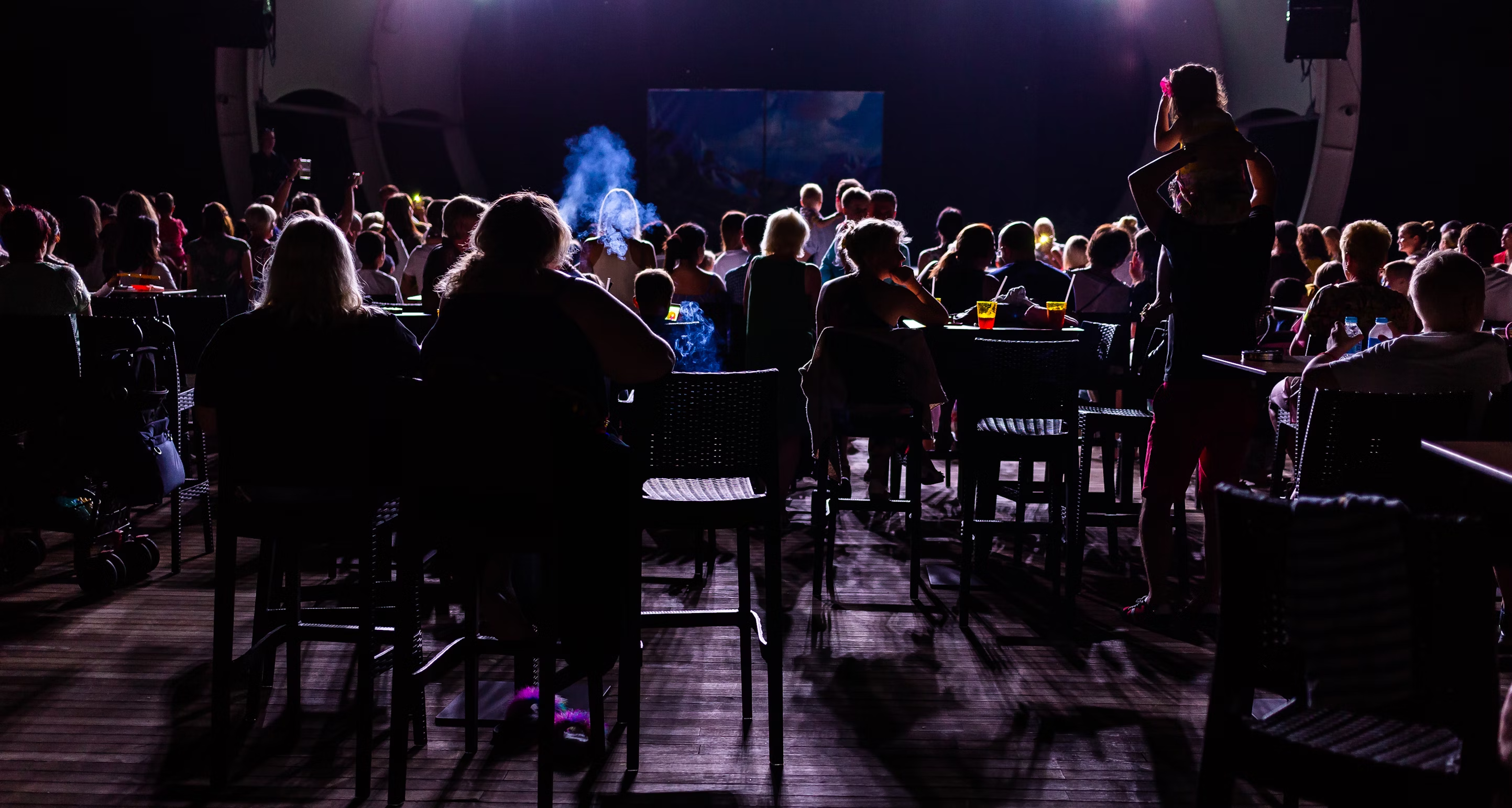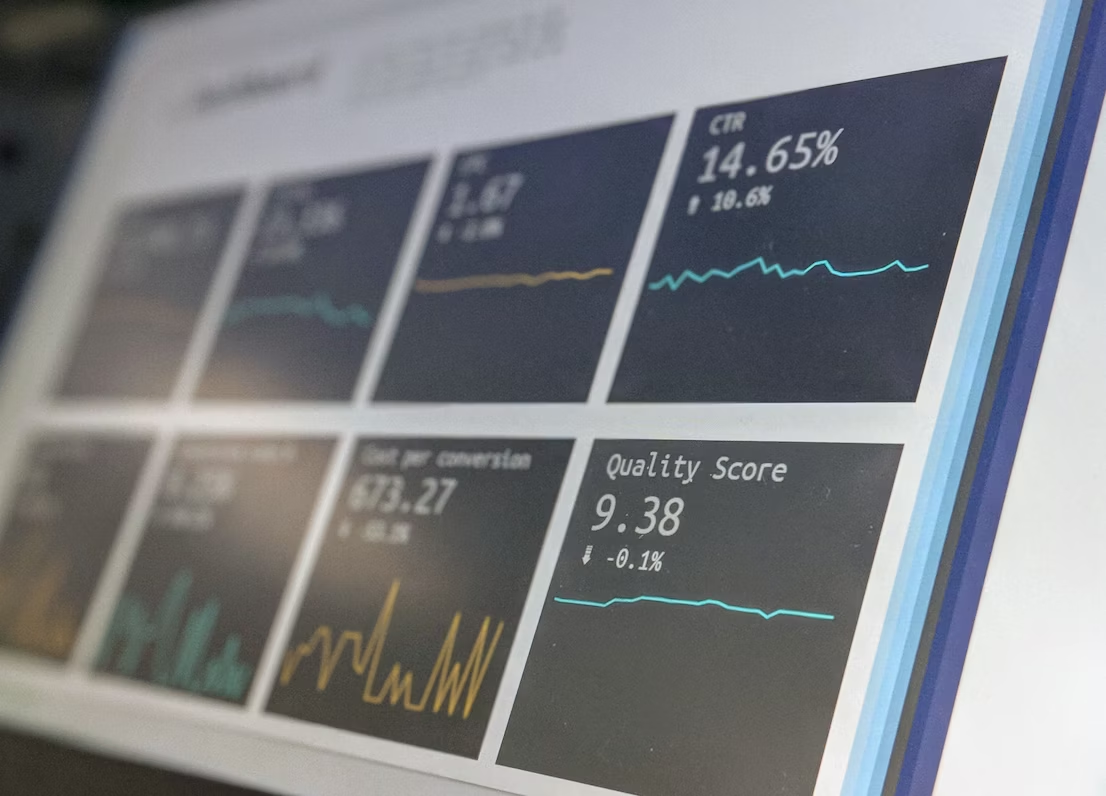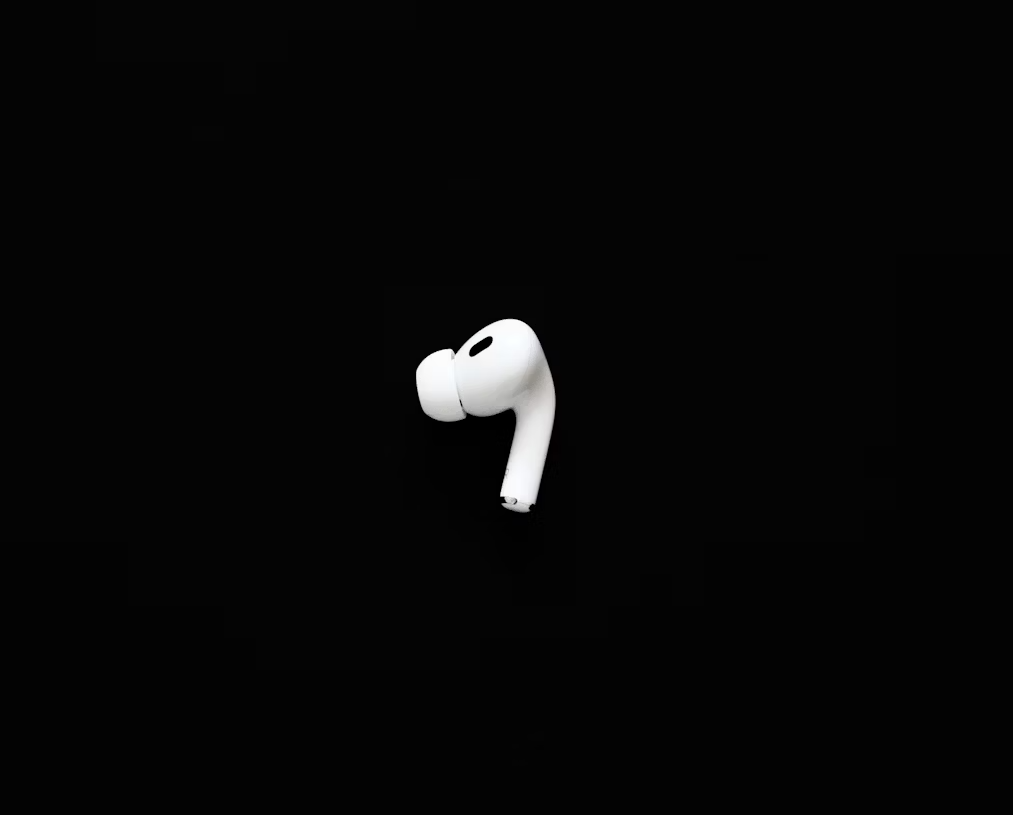Introduction to Sound Design
Sound design is the art and practice of creating, recording, and manipulating audio for any theatrical production. The role of the sound designer is to enhance the storytelling, emotions, and overall audience experience through carefully crafted soundscapes that immerse the audience into the world of the play.
Sound design plays a crucial role in theatrical performances. It establishes locations, time periods, cultures, and moods. It can indicate transitions in time or place, introduce new scenes or characters, and underscore important dialogue or dramatic moments. Skillful sound design transports the audience into the story, helping them visualize settings they cannot see and making the production more emotionally resonant.
Theatre sound designers use a wide array of techniques to achieve their vision. This may involve selecting and incorporating composed music or sound effects, recording original foley and ambiances, editing and manipulating sounds digitally, balancing and mixing different audio elements, and spatializing sounds through the theater's speaker system. The sound design deeply impacts the audience's experience and interpretation of the play.
History of Sound Design
The history of sound design for the theater can be traced back to ancient Greek and Roman productions which incorporated sound effects like thunder, wind, and rain machines. However, the role of a dedicated sound designer is a relatively recent development in modern theater.
In the late 19th century, theaters began to use technology like telephones and phonographs to incorporate pre-recorded sounds into productions. The early 20th century saw more innovations, like speakers mounted around the theater to spatialize effects. The rise of radio dramas also expanded ideas about incorporating sound effects and music to set a mood and environment.
Groundbreaking sound designs for plays like the 1955 premiere of Samuel Beckett’s Waiting for Godot incorporated abstract sound collages. The 1960s and 70s saw visionary sound designers like Charlie Richmond push the creative limits of theatrical sound. Concept albums and improvements in sound equipment allowed designers to intricately shape the sonic world of productions.
More recently, digital audio workstations like ProTools have revolutionized sound design possibilities. Contemporary sound designers are able to seamlessly blend live and recorded elements and develop complex, immersive designs. Today’s designers aim to complement the dramatic action and transport the audience, while collaborating closely with directors and the entire creative team. The evolution of sound design has transformed theater from a purely visual experience into a highly immersive, multisensory artform.

Process of Sound Design
The process of sound design for theatre involves several key steps:
Reading and Analyzing the Script
The first step is always to thoroughly read and analyze the script. The sound designer must understand the theme, tone, context, and setting that the playwright intended before they can begin conceptualizing appropriate soundscapes. Careful analysis of stage directions, character dialogue and arc, and plot development will inform the sound design. The designer also notes specific sound and music cues mentioned in the script.
Research on Themes, Setting, Context
Next, the sound designer researches the world of the play - its time period, geographic location, historical context, etc. Immersing oneself in the milieu of the play provides inspiration and ideas for the types of sounds and music to incorporate. The designer may listen to examples of music from the time period, research important historical events, or examine artwork related to the play's setting.
Conceptualizing the Sonic World
After research, the sound designer begins conceptualizing the overall sonic world of the production. This involves deciding on the mood, genre, style, and emotional arc that will be created through sound. The conceptual sonic world serves as an overarching guide for all the specific sound choices to come. The designer determines if the play requires a sparse naturalistic sound or a bold expressive one, if transitions will be marked musically, and where sound can enhance drama. With a solid conceptual foundation, the designer can then begin making specific choices about sound effects, underscoring, and more.
Key Elements of Sound Design
Sound design for theater involves blending various sonic components to enhance the audience's experience and bring the production to life. There are four main elements that comprise a theatrical sound design:
Sound effects - These are sounds used to mimic real-world sounds and represent actions on stage. Examples include door slams, gun shots, glass breaking, phones ringing, etc. Sound effects help make fictional events seem real and visceral for the audience. The sound designer chooses or creates effects that match the style and time period of the play.
Incidental music - Music that plays in the background during scenes to establish mood and atmosphere. Incidental music often incorporates instrumental underscore, motifs, and themes. For example, an ominous drone might play subtly during a suspenseful moment. The music aids storytelling by complementing the emotional tone of the action onstage.
Atmospheres - Background sounds that surround the audience and transport them to the world of the play. Examples are crowd chatter in a café scene or crickets chirping to indicate a rural setting at night. Atmospheres immerse the audience and help establish the location.
Transitions - Sounds used to seamlessly connect scenes or denote the passage of time. For instance, crossfading from a busy subway station atmosphere to the quiet ambience of a sleeping character's bedroom. Transitions smooth scene changes and the flow of the story.
The sound designer weaves these four elements together to create an engrossing aural landscape that brings the play to life. They must determine what sounds best support the dialogue and dramatic action at each moment. The key is choosing sounds that underscore the story and enhance the audience's emotional experience.

Sound Equipment for Theatrical Productions
Theatrical sound design utilizes specialized audio equipment to achieve the desired effects and quality. Some key pieces of equipment include:
Speakers, Amplifiers, and Cables - Speakers come in various configurations to fulfill different needs, such as main LR speakers for full-range playback, subs for low frequencies, surrounds and fills for immersive effects, and on-stage monitors. Powerful amplifiers are required to drive these speaker systems without distortion. Cables need to be robust and carefully deployed to connect all the equipment.
Microphones - Different types of mics capture sound in different ways. Condenser mics offer crisp highs, while dynamic mics handle louder volumes before feedback. Lavalier mics pickup dialogue on stage. Shotgun mics capture sound from a distance. Wireless mics allow actors freedom to move.
Mixing Consoles - Both analog and digital boards exist to route, mix, process, and control levels for all the audio channels. Features like EQ, compression, gating, effects, can help shape and polish the sound.
Software and Hardware - Digital audio workstations, plugins, samplers, and interfaces allow sound designers to create, edit, automate, and playback sound effects. Show control software synchronizes all the audio cues with the action on stage.
Careful selection of components and skillful operation of the equipment enables sound designers to transport audiences into the world of the play through immersive and emotional audio.
Collaborating with the Production Team
The sound designer works closely with the entire creative team for a theatrical production, especially the director and fellow designers. Open communication and collaboration is key.
Working with the Director and Designers
The director's vision sets the overall creative direction for the production, so the sound designer must understand and support that vision. Through meetings and conversations, the sound designer learns how the director imagines the auditory aspects of each scene. The designer then suggests how to achieve the desired emotional impacts and practical effects through sound. This collaborative process allows the sound design to align with the production's themes and aesthetics.
The sound designer also coordinates closely with the set designer, lighting designer, costume designer, and projection designer. The set dimensions and materials impact acoustics, which affects speaker and microphone placement. The lighting, costumes, and projections also influence the overall look, feel, and noises of each scene. By sharing ideas and plans, the designers ensure their elements work together cohesively.
Guiding Actors' Use of Microphones
For productions using body microphones, the sound designer instructs the actors on properly wearing and using their individual mics. This includes fitting the mic and transmitter pack comfortably, masking the mic in hair or costumes, handling microphone noise from clothing, and maintaining appropriate distance from the mic while speaking or singing. The designer monitors the actors and provides guidance during rehearsals until the performers can capably use the audio gear on their own. Proper mic technique is essential for achieving quality vocal amplification without interference or artifacts.
Achieving Desired Effects
A critical responsibility of the sound designer is using audio elements to achieve the intended tone, mood, time period, dramatic moments, pacing, and scene transitions specified by the director. Skillful manipulation of sound can powerfully emphasize dramatic arcs in the storyline, set the time period, provide continuity between scenes, and underscore emotional subtext.
For example, playing upbeat jazz music during scene transitions could establish a lively 1920s setting. Or creeping atonal music could punctuate a suspenseful moment when the protagonist senses danger. The sound designer may also use audio cues to indicate the passing of time or changing locations. Fading out a ticking clock after a heated argument could indicate the relationship has changed permanently.
Once provided direction, the sound designer can utilize their technical capabilities and creative talents to realize the director's vision. Tasteful sound design works in harmony with the other production elements to create a cohesive and impactful experience for the audience. It should enhance the mood and dramatic moments without being too noticeable or distracting on its own. When executed effectively, sound design achieves the intended tone and desired emotional impact.
Challenges in Theatrical Sound Design
The unpredictable nature of the live theater environment presents numerous challenges for the sound designer.
- Unpredictable live environment - Unlike television and film, the theater has a live audience which reacts differently each performance. This means the acoustics and audio levels can change from night to night, requiring constant adjustments by the sound designer and audio engineers. There is little room for error.
- Time and budget constraints - Most theatrical productions have tight deadlines and limited budgets. This restricts the amount of time that can be spent on sound design and limits the equipment and materials available. The sound designer must work efficiently and creatively within these constraints.
- Technical difficulties - Theatrical sound equipment is susceptible to unexpected technical problems like dead batteries in wireless mics, faulty wiring, and overheating amps. The sound designer must anticipate and troubleshoot issues that can arise during live performances when there is no opportunity for editing or post-production. Extensive redundancy and failsafe measures are necessary.
Notable Sound Designs
Sound designers today elevate theatrical productions to new levels through creative use of sound and music. By complementing the story, dialogue, and visual elements, successful sound designs immerse audiences into the world of the play. Below are some notable examples of exemplary sound design that contributed significantly to their productions.
The sound design for the original Broadway production of Hamilton incorporated layers of ambient sound and snippets of music to establish time and place during scene transitions. Designer Nevin Steinberg used rap battles, ballroom dances, and using rhythmic footsteps to transport audiences between scenes, complementing the sung-through nature of the show. The soundscape powerfully supported the plot while adhering to the hip-hop concept.
For Harry Potter and the Cursed Child, designer Gareth Fry created over 900 individual sound cues ranging from quidditch matches to magical spells. Subtle underscoring built tension and mood during critical moments. The intricate sound design integrated perfectly with lighting, illusions, and special effects to create a complete magical world that enthralled audiences.
In the Tony award-winning production of War Horse, the creative team faced the challenge of bringing the titular horse puppet to life. Designers blended breathing and heartbeat sounds from real horses with selected foley to make the puppet utterly convincing in its movements and reactions. The organic sound design helped audiences suspend disbelief and connect emotionally with the non-human character.
Through these examples, we see how exceptional sound design requires not just technical proficiency, but artistry and storytelling skill to fully support the world of the play. The best designs complement every aspect of the production seamlessly while adding their own creative magic.
Future of Theatrical Sound Design
The future of sound design for theatre promises exciting new directions as technology continues to evolve. Here are some key trends to expect:
New Technologies and Innovations
- Advances in immersive audio, such as object-based sound, will enable even more intricate and spatially-nuanced designs. Sound can be precisely localized and moved in a 3D space to match the action on stage.
- Wearable tech for actors will allow their voices, breathing patterns, and subtle body sounds to be amplified, layered, and processed in real time.
- AI-assisted sound design tools will help automate tasks like sound effects generation, acoustics simulation, and scoring to picture. This will complement the creative human touch of designers.
- Interactive and responsive technologies will lead to more dynamic designs that can change based on audience input or sensor data from the performance space.
Increased Importance of Soundscapes
- As theatre experiences become more immersive, soundscapes will play a bigger role in establishing mood, tone, and the world of the play.
- Sound cues will be more tightly integrated with light, projection, and other design elements to create cohesive environments and emotions.
- More productions will use soundscapes in place of traditional set designs, relying on audio alone to transport the audience.
Immersive Experiences
- Theatre, like other entertainment forms, will make increased use of immersive audio approaches like surround sound, ambisonics, and even experimental technologies like ultrasound haptics.
- Audience members may get individualized soundscapes delivered via wearables. Designs will shape an intimate narrative journey for each person.
- Multisensory theatre experiences will use sound, along with elements like scent, temperature and touch, to fully immerse audiences in alternate realities.
- As virtual and augmented reality are utilized more in theatre, 3D audio will be crucial in completing the illusion of being transported to impossible settings and worlds.
The sound designer's palette continues to rapidly expand. By riding these waves of innovation while preserving the core emotional power of their craft, sound designers will push the boundaries of theatrical experience for audiences in the years ahead.









